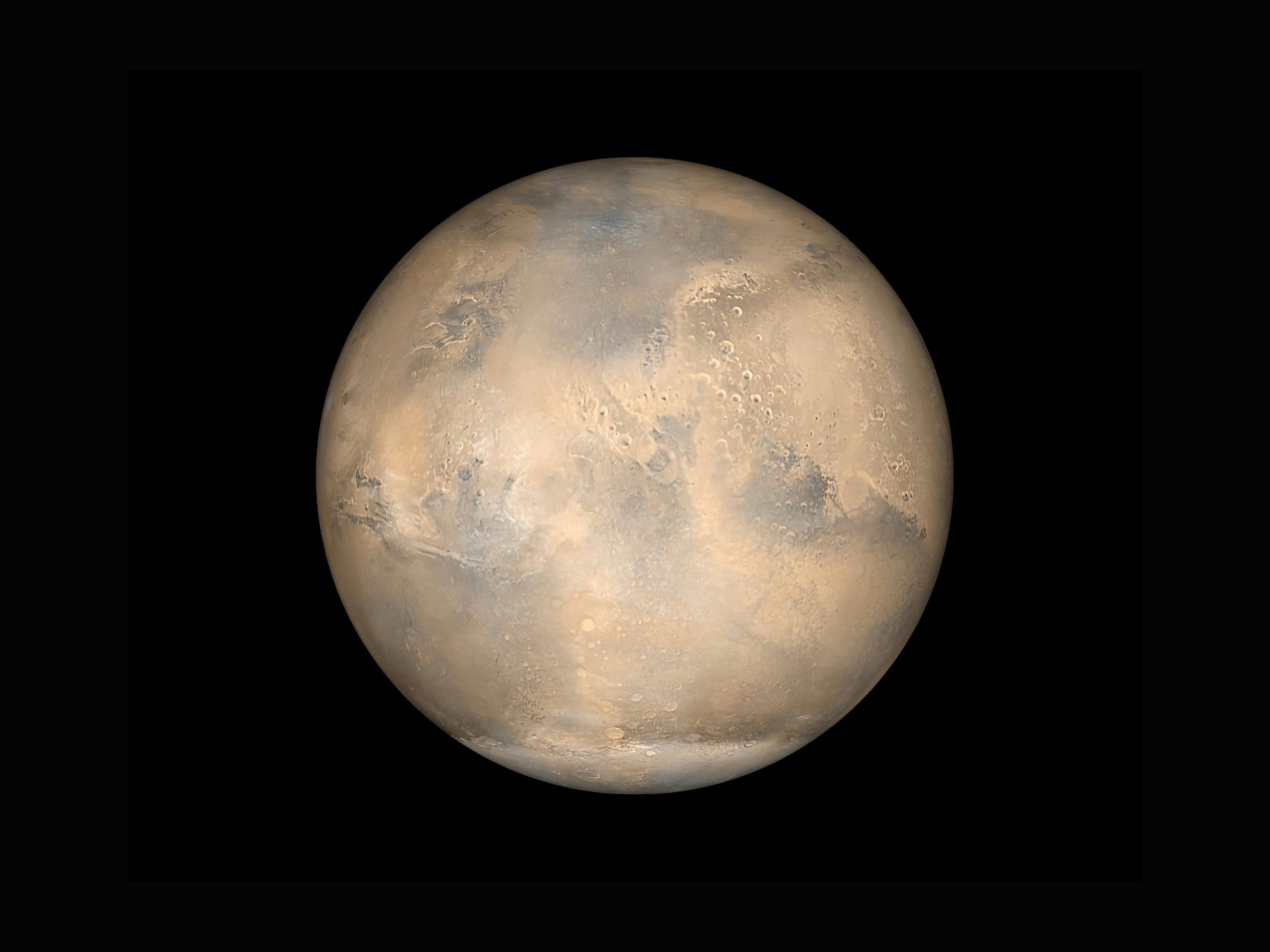Media release
From:
Planetary science: Martian rock deposits may have been left by ancient sea
Sedimentary mineral deposits found on the surface of Mars may have been left by an ancient sea 3.5 billion years ago. The findings, published in Scientific Reports, suggest the presence of features consistent with a nearshore zone (or coastline) in the southern Utopia region and provide further evidence for the existence of a short-lived ocean early in the planet’s history.
China’s Zhurong Mars rover has been analysing deposits on the surface of Mars in the Vastitas Borealis, a low-lying plain in the planet’s Northern hemisphere, since its landing in May 2021. Previous research has suggested that materials in this region may have originated from flooding and marine sediments, with a fine grain size more consistent with this environment than material from volcanic activity.
Bo Wu and colleagues analysed data retrieved from the orbiter and by the Zhurong rover to provide estimates of the surface ages and mineral compositions of material found in southern Utopia Planitia. They identified distinct geomorphological features such as troughs and sediment channels consistent with a nearshore zone, suggesting a possible formation event involving flooding approximately 3.68 billion years ago. In this scenario, a short-lived frozen ocean formed a coastline, with the ocean surface likely freezing and disappearing approximately 3.42 billion years ago.
While the authors caution that in situ measurements from the Zhurong rover do not provide direct evidence for the existence of an ancient ocean, the finding that southern Utopia Planitia possibly hosted a significant body of water adds to our understanding of the evolution of the Martian climate. The study suggests potential landing sites for future missions to investigate the possible existence of ancient water reservoirs and their role in shaping Mars’s geology.




 International
International



